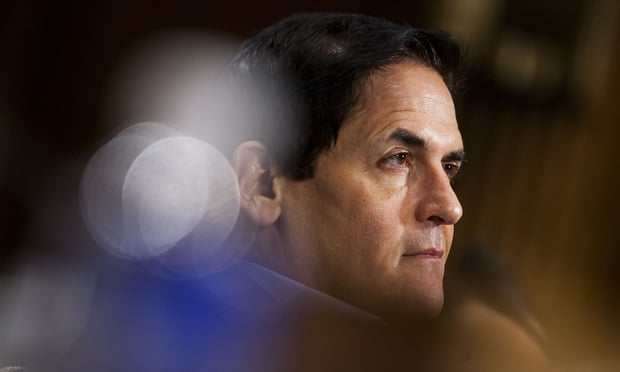When the Patient Protection and Affordable Care Act was passed in the dead of night in 2010, Congress and the president touted it as the "end all be all" solution to provide affordable health care to millions of Americans.
Unfortunately, no one read the 2,500 page bill before it was signed into law. But as we just celebrated its fourth birthday this month, the reality is that the law is anything but affordable. As a matter of fact, with all the executive edicts affecting this law that have been enacted since the bill officially was sanctioned to be constitutional by the Supreme Court, the PPACA doesn't look like it did when it was birthed. As children change appearance as they grow, so has the law.
What we do know is that in spite of the difficulty individuals have incurred trying to sign up for coverage through the Healthcare.gov website, as well as the various state exchange sites, it has been reported that over six million people have signed up to purchase health coverage.
Recommended For You
However, these statistics don't take into account people who so far have not paid their first premium to their insurers — the final step required to complete enrollment. But, the federal bean counters report they don't have a complete count from insurers. So, the number may be far less. Registration does not equate to purchasing.
The key factor, though, is affordability. Is PPACA truly affordable? That depends on who answers the question. Some anti-poverty agencies across the country fear that even with the federal financial assistance available under the law, health insurance will remain unaffordable for significant numbers of low-income Americans. "For those with very low wages trying to raise kids, after paying for housing, electricity, food, transportation, and child care, asking people to pay another $50 or $100 a month, that's just out of reach," according to the New Mexico Center of Law and Poverty.
The law expands Medicaid eligibility, in participating states, to the poorest people—those making up to 133 percent of the federal poverty line. And, it also provides financial assistance for those making up to 400 percent of the poverty level to help them buy private insurance on the new state health exchanges. But what if you don't qualify?
The law allows the states to create a separate insurance program, called the Basic Health Program, for people who earn too much to qualify for Medicaid and too little to afford insurance on the state exchanges, even with federal aid. Under this plan, the federal government provides the subsidies directly to the states, instead of to individuals and families. The states are supposed to pool the money and then use the financial leverage to push insurers to offer less expensive coverage.
Despite all of this assistance, health insurance still may not be affordable for some. Affordability, like beauty, is a matter of opinion. "What it means for something to be affordable or not affordable is totally debatable," Sherry Glied, dean of New York University's Robert F. Wagner Graduate School of Public Service told USA Today. "It isn't like there's a fixed definition of affordability."
The cost of living in the U.S. varies greatly by region. What's poor in Mississippi is different from what's poor in New York," said Elisabeth Benjamin, an executive with the Community Service Society of New York. "People have so little disposable income in New York City and other urban areas, but the law doesn't do geographic indexing."
And, there's the penalty if you don't subscribe. Realistically, the tax levied on those who don't purchase insurance this year is pretty light — $95 or 1 percent of income, whichever is greater. So, people are not that terribly incentivized to buy a plan. However, the tax does index upward in the years to come. Those who choose to go without may be in financial peril if the IRS chooses to push hard. (Has there ever been a reason that they wouldn't?) Your tax dollars at work going after more tax dollars not working. Not too affordable at some point.
And what about employers? That's a whole different topic. However, Marc Thiessen of the American Enterprise Institute has stated "American businesses [now] have to justify their hiring decisions and firing decisions to the IRS…We have a free market economy, not a command economy. It's not the government's business to tell you." In the months to come, the rhetoric and the drama certainly appear likely to be heating up.
And then at the end of March this year, open enrollment closed, well… at least for most people. A recent executive order provides for some to still sneak through. Now what? The implementation of the PPACA dramatically changed the health plan market landscape and how consumers purchase health insurance, according to Mark Pierce, president of Stonegate Advisors.
As more changes roll out, health plans will have to quickly adapt to manage risk and stay desirable to consumers. In order to accomplish this health plans will have to focus on three main things 1.) how to assess and manage new risk; 2.) how to retain existing members; and, finally 3.) how to educate and attract young and healthy members.
Is the Affordable Care Act affordable? Yes, in some cases, and no in others. Although the judge and jury have weighed in, the victim appears to be the American public — a life sentence issued by all three branches of the government. So, whatever happened to separation of powers?
The best you can do is to find ways to take advantage of new opportunities in the health care market—private exchanges, voluntary benefits, discount health plans, and myriad other ventures not yet deemed to be unaffordable. Entrepreneurs and wise thinkers are going to find a way to succeed. There are niche markets available, and the law most likely is going to continue to morph even more. Look around, and there just may be some gold nuggets to mine. But be smart, and make sure you don't get the shaft.
© 2025 ALM Global, LLC, All Rights Reserved. Request academic re-use from www.copyright.com. All other uses, submit a request to [email protected]. For more information visit Asset & Logo Licensing.







